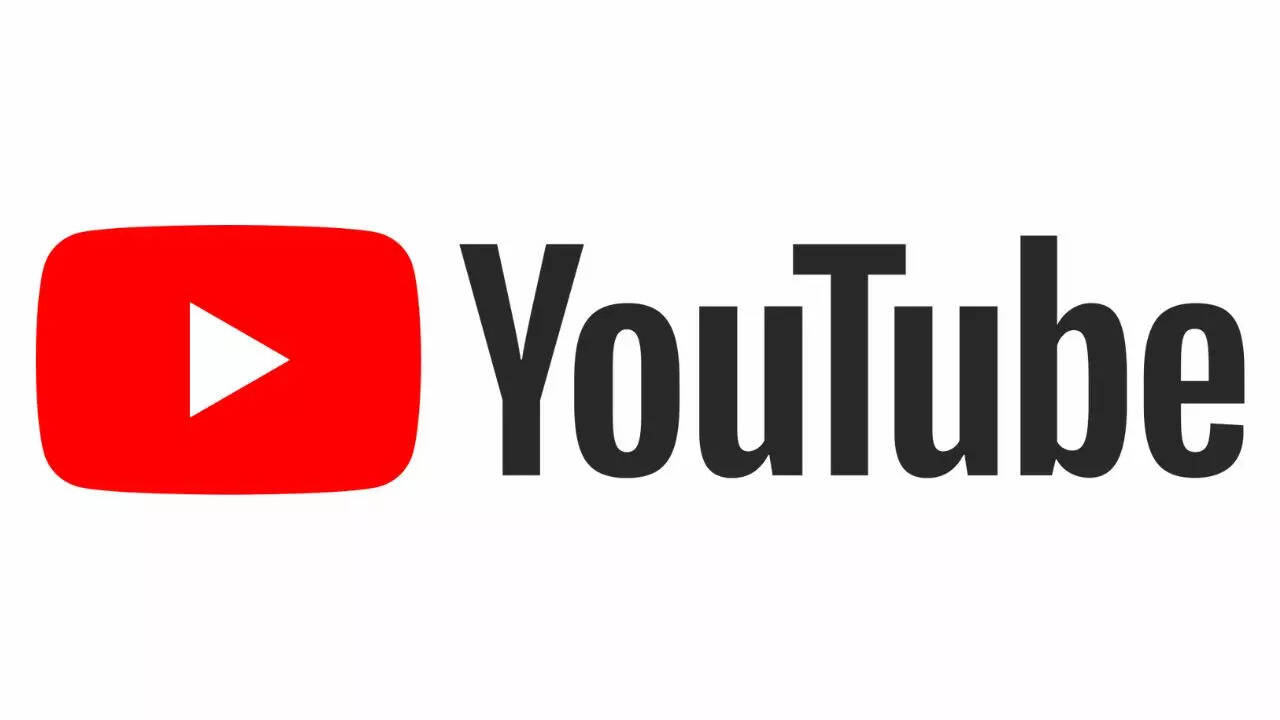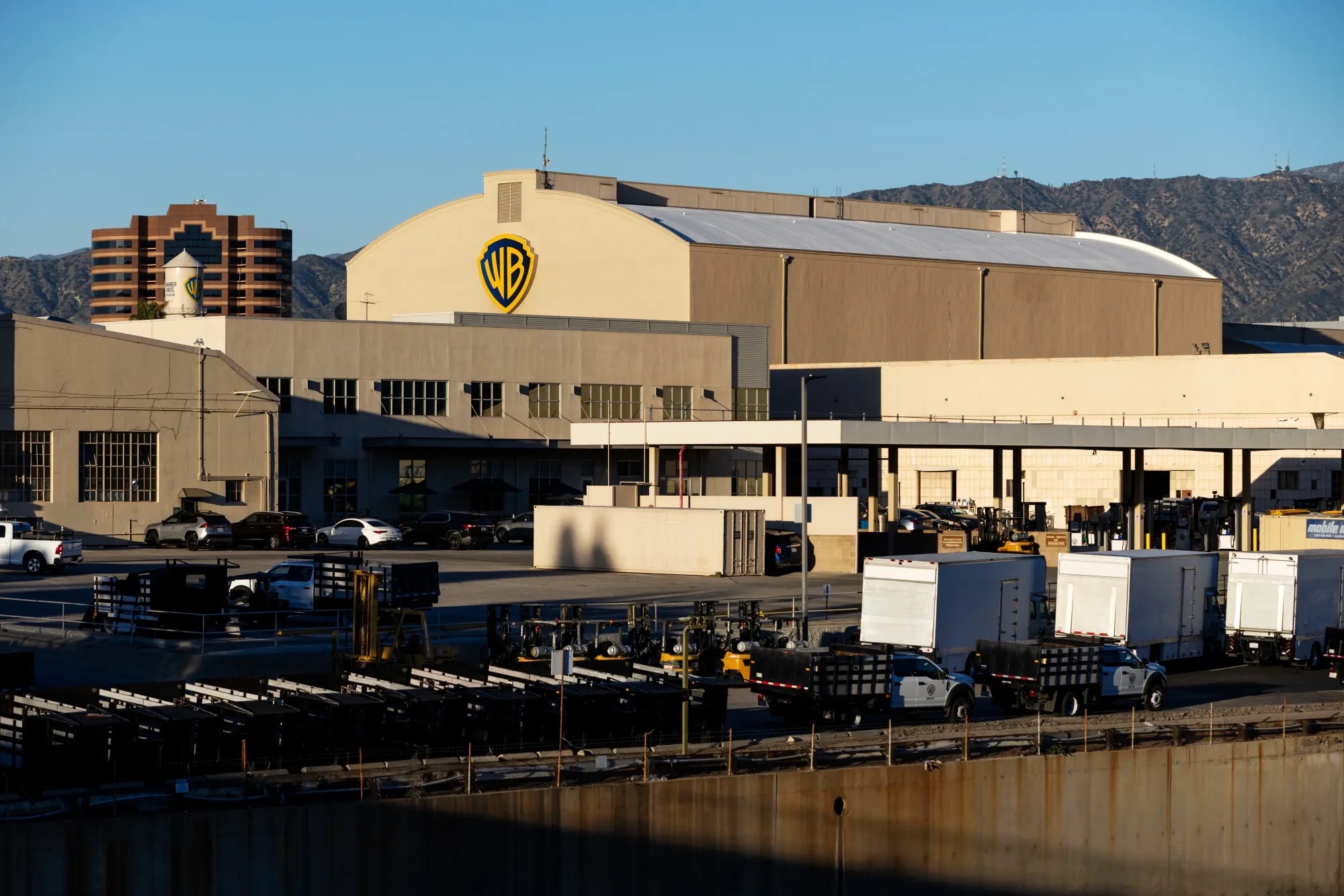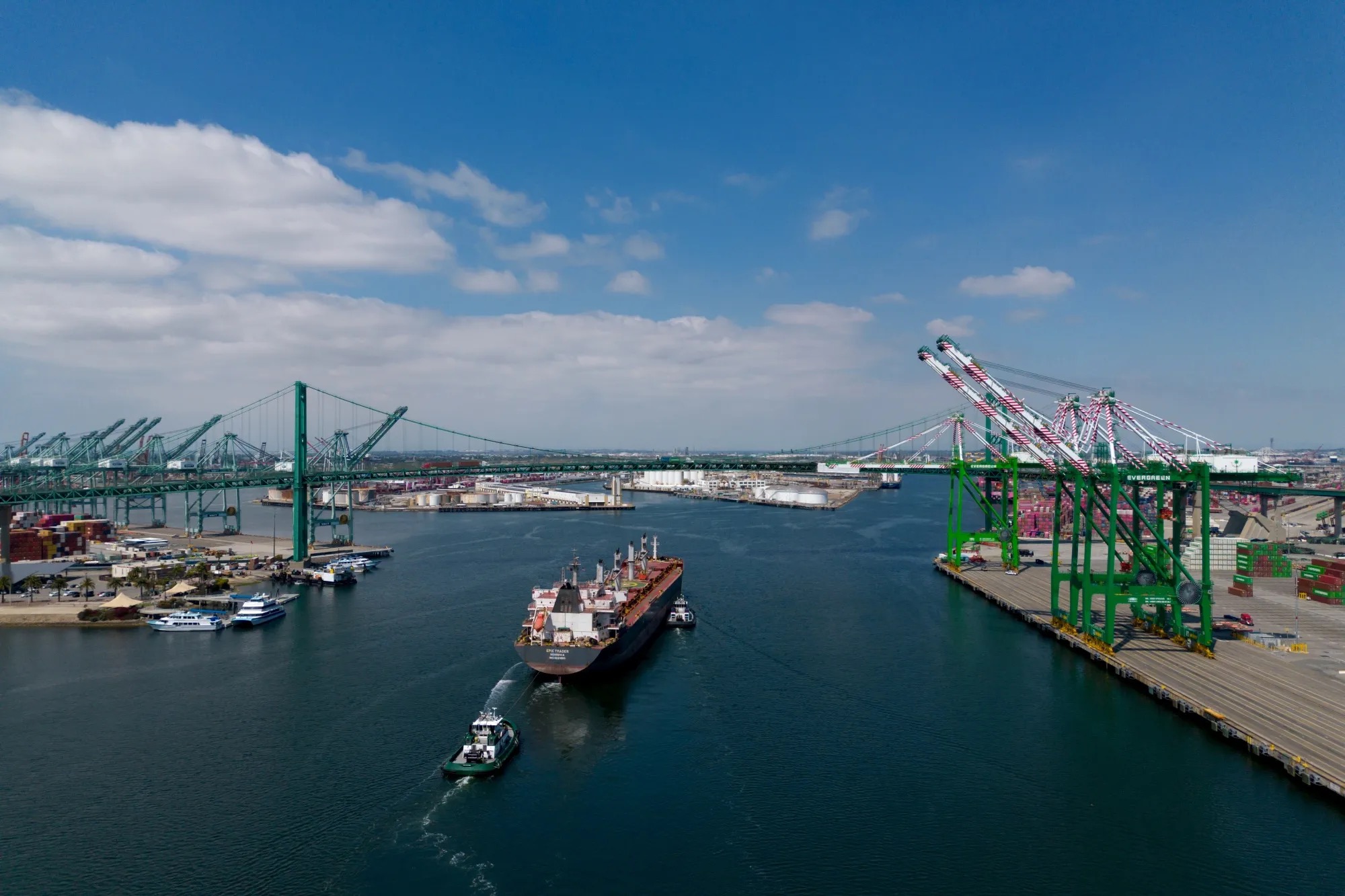In a rare but disruptive event, YouTube, the world’s largest video streaming platform, experienced a massive global outage that left millions of users unable to access videos, use the app, or interact with content. The unexpected breakdown, which lasted for approximately an hour, sparked confusion, frustration, and an explosion of online chatter as users across continents suddenly found their go-to video service unresponsive.
Global Impact and Widespread Disruption
The outage hit late Wednesday night in the U.S. and early Thursday morning across Asia and Europe, affecting users from major cities in North America to rural areas in Asia-Pacific. The issue was not limited to the main YouTube platform—users also reported disruptions on YouTube Music and YouTube TV.
At the peak of the outage, users were met with blank video players, error messages, and a failure to load basic functions like search results, comments, and home page content. Many were suddenly logged out of their accounts, while others found themselves unable to log in at all.

Reports indicated that both the desktop and mobile applications were affected, with a significant number of users struggling to play videos or access their subscribed channels. For creators, the outage came as a blow—scheduled uploads failed, livestreams were interrupted, and analytics access was lost during the blackout period.
What Users Experienced
The nature of the disruption varied slightly depending on location and device, but the most common complaints included:
- Videos not loading or freezing mid-stream
- Error messages such as “An error occurred. Please try again later.”
- Homepages appearing blank or missing recommended videos
- Search functionality not working or showing no results
- Comments and likes not loading
- Unexpected account logouts or login issues
Mobile users were particularly hard-hit, with some reporting crashes of the YouTube app and others seeing repeated buffering without actual playback. On smart TVs and gaming consoles, the YouTube interface failed to connect to the service, showing only loading screens or offline messages.
Creators attempting to upload new content or engage with their audience during the outage period were left in limbo. Some reported that scheduled videos did not go live as planned, while others lost access to content management tools altogether.
Social Media Eruption
As expected in the age of instant communication, social media platforms were flooded with user complaints and reactions. The hashtag #YouTubeDown quickly trended worldwide, with users questioning whether the issue was with YouTube itself or their own internet connection.
Humor was also in abundance. Memes poking fun at the situation went viral within minutes. Some joked about rediscovering “offline life,” while others questioned how quickly they turned to platforms like X (formerly Twitter) to confirm the issue wasn’t on their end.
Despite the frustration, many users found relief in the shared confusion, creating a sense of community around the digital disruption. Ironically, several users claimed they were still being served ads, even though the actual video content would not load.
YouTube Responds
While the outage was quickly acknowledged by YouTube’s official support team on social media, details regarding the root cause were limited. The company issued a brief statement noting that they were aware of the problem and were working to resolve it as quickly as possible. About an hour later, the platform announced that services were being restored and users should begin to see normal functionality return.
As of Thursday morning, most users reported that the site was back online and functioning normally. However, some residual issues persisted for a short period as global traffic was rerouted and systems stabilized.
What Could Have Caused the Outage?
Though no official cause has been confirmed, outages of this scale are usually the result of internal server errors, routing misconfigurations, or problems with content delivery networks (CDNs). These technical failures can cascade rapidly across global systems, especially when the platform serves billions of users.
It’s less likely, though not impossible, that the outage was the result of a cyberattack. In the absence of any claims or security alerts, the more plausible explanation points to an internal glitch or a failed update rollout.
YouTube has experienced outages before, though they are infrequent given the scale and sophistication of Google’s infrastructure. However, when they do occur, the impact is felt globally within moments, underlining the platform’s integral role in modern digital life.

The Bigger Picture
This event serves as a reminder of the heavy reliance individuals and businesses alike place on a handful of tech platforms. For creators, many of whom depend on YouTube for income, even a brief outage can mean lost revenue, missed engagement opportunities, and audience disruption.
For casual users, the incident was a temporary inconvenience. But for those involved in education, marketing, content production, or live event broadcasting, the outage highlighted the vulnerability of depending on a single platform without a backup strategy.
What’s Next?
Users are now looking to YouTube for a detailed explanation and reassurances that steps will be taken to prevent similar incidents in the future. Transparency around the cause of the issue—and the solutions implemented—will be key in restoring full confidence.
Meanwhile, some creators and digital strategists are reconsidering diversification across platforms, ensuring that their content and audience engagement aren’t tied exclusively to YouTube.
The outage may have passed, but its effects linger in the questions it raised about stability, preparedness, and digital dependence in an increasingly connected world.











